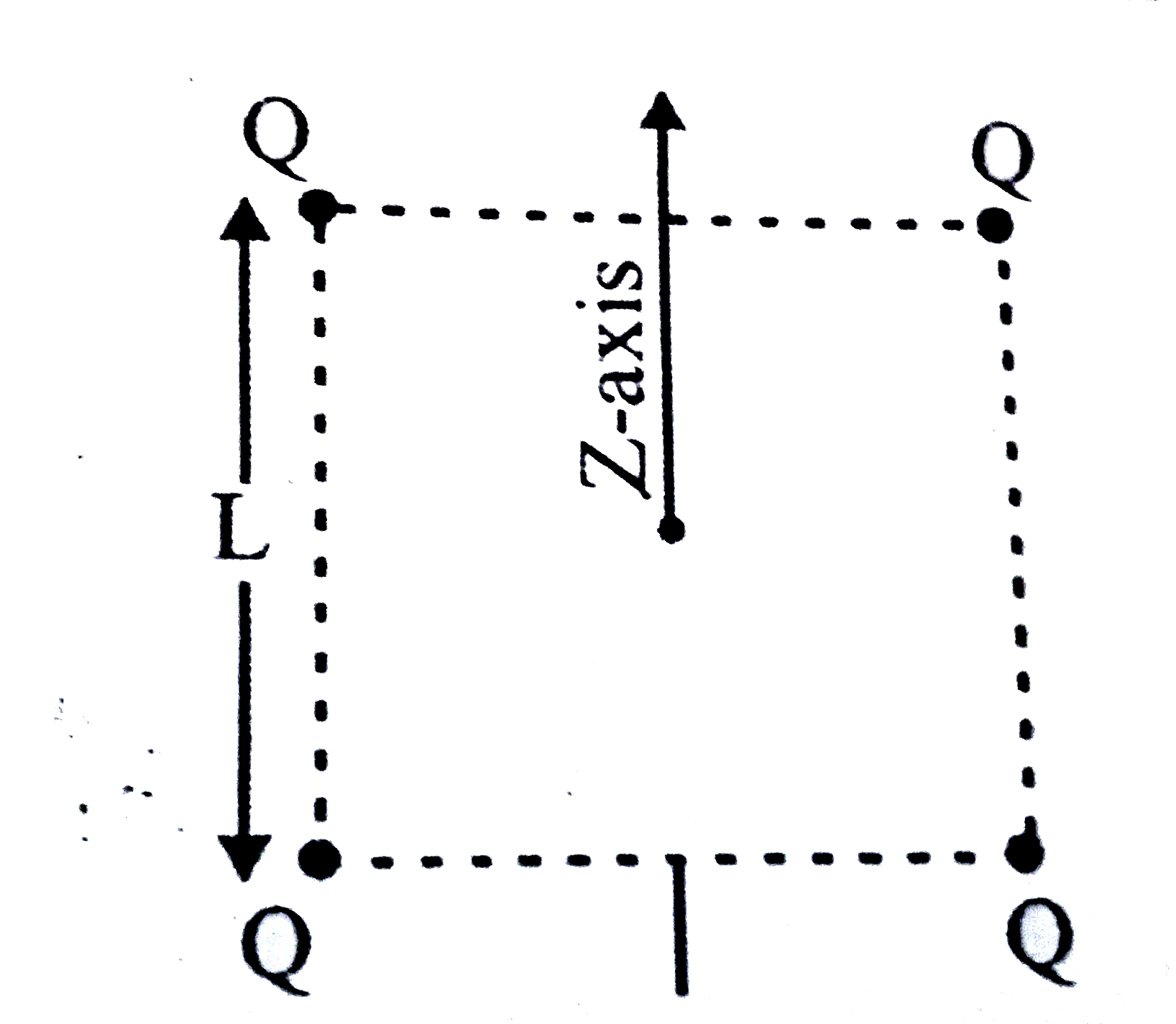A
B
C
D
Text Solution
Verified by Experts
The correct Answer is:
|
Topper's Solved these Questions
TEST PAPER 2
ALLEN |Exercise PHYSICS|45 VideosView PlaylistTEST PAPER 4
ALLEN |Exercise PHYSICS|45 VideosView Playlist
Similar Questions
Explore conceptually related problems
Knowledge Check
Similar Questions
Explore conceptually related problems
ALLEN -TEST PAPER 3-PHYSICS
- A charge Q1 exerts some force on a second charge Q2. If a 3rd charge Q...
01:28
|
Play - Two particles A and B having equal charges are placed at distance d ap...
07:08
|
Play - An infinite number of charges, each of magnitude q, are placed along x...
03:23
|
Play - Two pitch balls carrying equal charges are suspended from a common poi...
05:33
|
Play - Two spheres A and B are charged with the charges of +10 and +20 coulom...
02:02
|
Play - The electric field due to a uniformly charged sphere is maximum at :
01:07
|
Play - Charges q, 2q,3q and 4q are placed at the corners A,B,C and D of a squ...
02:57
|
Play - A charged oil drop is suspended in a uniform filed of 3xx10^4 v//m so ...
01:11
|
Play - The electric field at a distance (3R)/2 from the centre of a charged ...
01:44
|
Play - Four point +ve charges of same magnitude (Q) are placed at four corner...
04:42
|
Playing Now - A thin semi-circular ring of radius r has a positive charge q distribu...
04:23
|
Play - Three positive charges of equal value q are placed at the verticles of...
02:12
|
Play - A Gaussian surface in the fig. is shown by dotted line. The electric f...
01:11
|
Play - The length of each side of a cubical surface is l. If charge q is situ...
01:54
|
Play - A positively charged body 'A' has been brought near a neutral brass sp...
01:28
|
Play - Inside a charged hollow spherical conductor. the potential :-
02:42
|
Play - Equal charges q are placed at the three corners B, C, D of a square A...
02:13
|
Play - Charges are placed on the verticles of a as shown. Let vec(E) be the e...
05:09
|
Play - The variation of potential with distance r from a fixed point is shown...
01:20
|
Play - Three charges Q, +q and +q are placed at the vertices of a right angle...
03:35
|
Play
